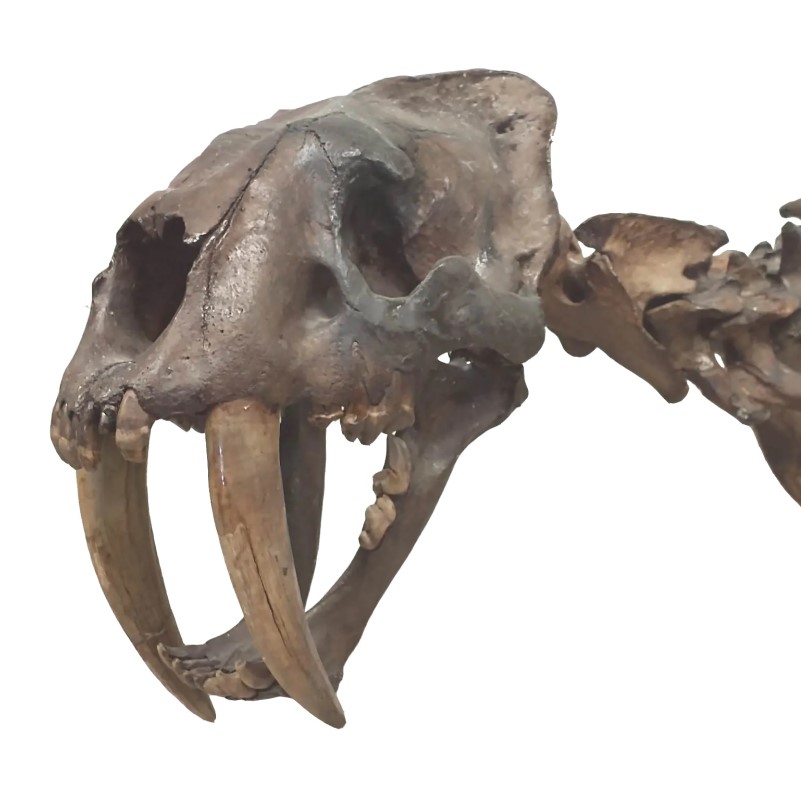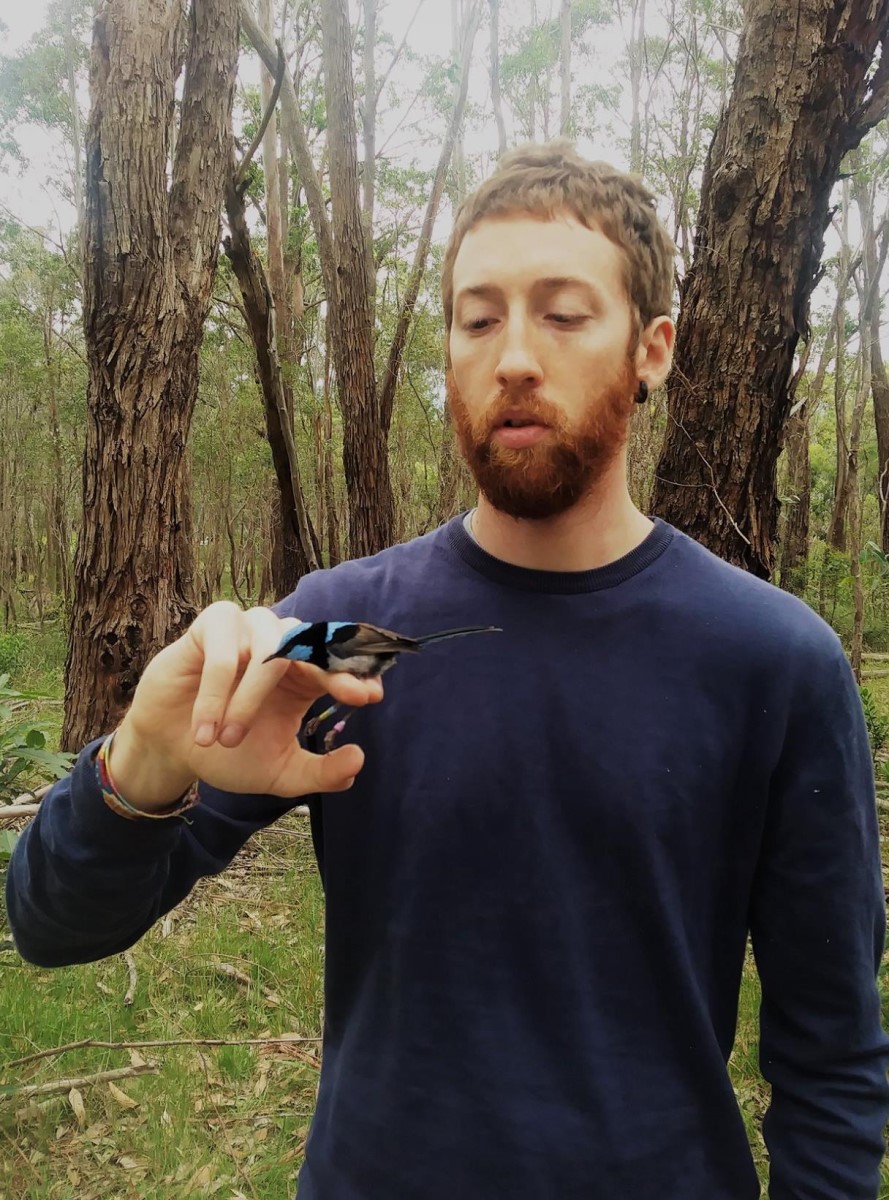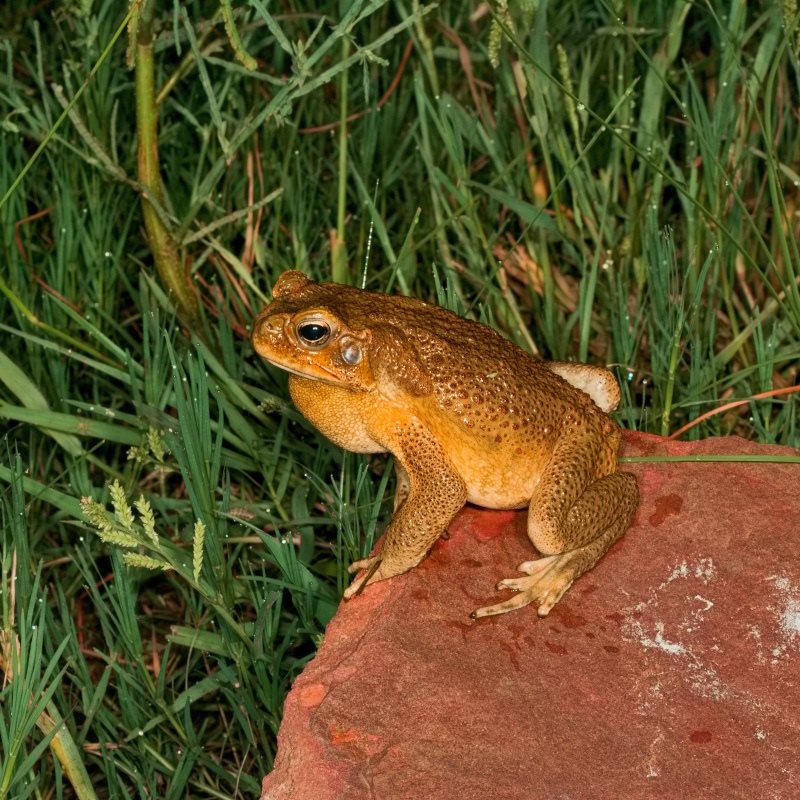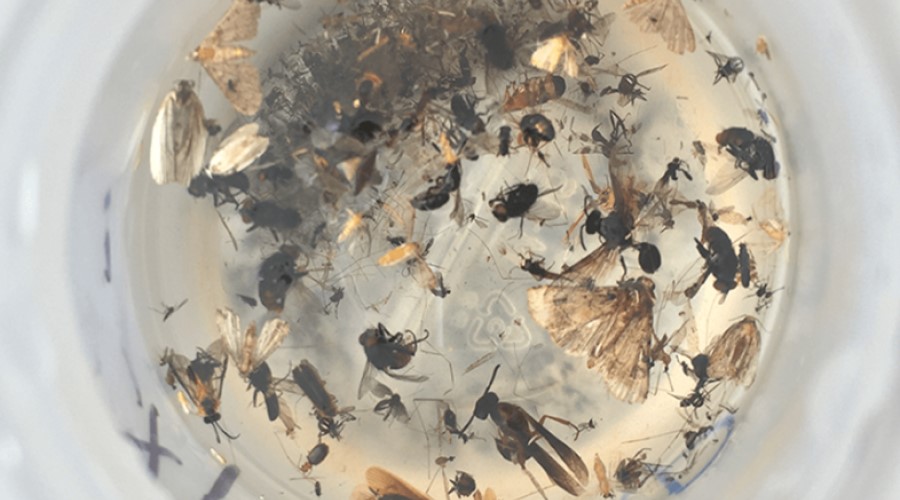Dr. María A. Maglianesi and Professor Catherine H. Graham tell us about their research published in a new Proceedings B paper, a study that investigated the factors that influence the intricate web of interactions in pollination systems, specifically the ones formed by plants and hummingbirds.

Have you ever wondered what are the mechanisms that encourage pollinators to interact only with some specific plant species and not with all of them in an ecological community? For those who have had the pleasure of seeing these tiny birds in action, there is no doubt that they are unique creatures with their extremely fast metabolism, striking morphology and speedy movements. All these hallmarks are adaptations allowing hummingbirds to be among the most successful organisms in drinking nectar from the colourful flowers they visit.
This study evaluates the role of morphological and nectar traits in shaping plant-hummingbird interaction networks along an elevation gradient. For this, the authors assessed patterns in floral phenotypic traits and network properties of plant species in ten sites across elevations in Costa Rica. They also analysed whether plant species with generalised flower traits are ecological generalists and how morphological trait matching vs nectar traits affect interactions.
Flowers from the different plant species visited by hummingbirds may appear very similar at first glance: colourful, with tubular corollas and abundant nectar. But if we take a closer look it is clear that flowers vary greatly from one another to the eye of a hummingbird and these differences make them prefer some flowers over others, which ultimately shapes pollination networks. In this study, it was found a marked variation in floral phenotypic traits of hummingbird-visited plant species along an elevation gradient; flowers had shorter corollas with increasing altitude and produced more nectar in the midlands as compared to low or high elevations.
The authors then asked what these differences in phenotypic and nectar traits mean for plant-hummingbird interactions. The plant-hummingbird interaction frequency increased when the lengths of flower corollas and hummingbird bills were similar, indicating morphological matching, whereas nectar traits were unrelated to interactions. Breaking this down into simple words: species morphology, in particular the similarity in corolla and bill lengths, is a powerful reason for plants and hummingbirds to stay together. While nectar may play a difficult-to-detect secondary role within plant-hummingbird networks, results from this study support the idea that morphological matching is an important mechanism structuring ecological communities.
The idea for the article arose during discussion sessions in a visit by Costa Rican researchers to the Swiss Federal Institute for Forest, Snow and Landscape Research (WSL), as part of the Ecology of Plant-Hummingbird Interaction – EPHI project, to analyze data collected during two years of field work. This is a joint project between WSL, Costa Rica, Ecuador and Brazil.
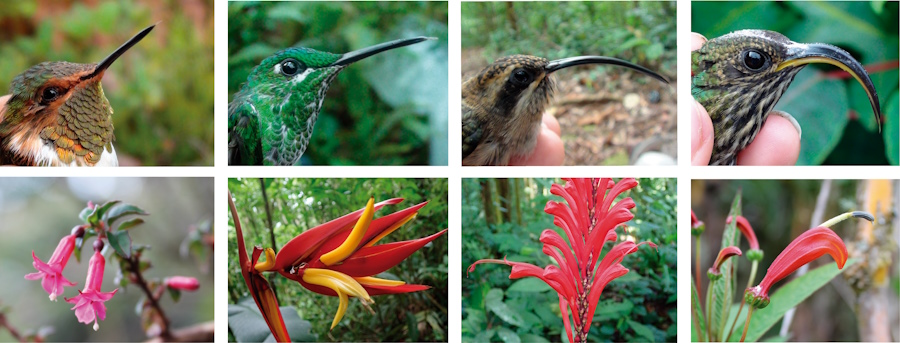
Image: Hummingbirds tend to visit plant species with flower similar in length to their bills, indicating morphological matching, as it was found in the study.
About the authors
María A. Maglianesi is a research scientist at the Universidad Estatal a Distancia and the Instituto Tecnológico de Costa Rica. She received her PhD from the Goethe-Universität, Germany, where she studied patterns and processes in plant-hummingbird networks in the Neotropics as part of a work team at the Senckenberg Biodiversity and Climate Research Centre. She currently coordinates research projects focus on the structure and functioning of ecological communities, especially the study of mutualistic interactions and functional ecology.
Emanuel Brenes is a researcher at the Universidad Estatal a Distancia in Costa Rica and the Instituto Tecnológico de Costa Rica. He holds a Master's in Wildlife and Biodiversity Conservation from the Instituto Internacional en Conservación y Manejo de Vida Silvestre at the Universidad Nacional. His work focuses primarily on plant-pollinator interactions, climate change, and biodiversity conservation.
Nelson Chaves-Elizondo is a Professor at the Universidad de Costa Rica. He is interested in botany, specifically in the mechanisms used by plants from the Angiosperm group to attract hummingbirds. He is also interested in mushrooms, their abundance and diversity in the neotropical forests.
Krystal Zuniga holds a Bachelor's in Natural Resources Management from Universidad Estatal a Distancia in Costa Rica. She is interested in the ecology of plant-hummingbird interactions. Currently, she works as a Communication Specialist at The Watershed Institute, United States, an organization dedicated to keeping New Jersey's water clean and safe. She also completed two internships with New Jersey Department of Environmental Protection, focusing on science communication and climate resilience.
Alejandro Castro Jiménez is a student of Natural Resources Management at the Universidad Estatal a Distancia in Costa Rica. He is a bird watcher and naturalist. His main interest is spread the word about the importance of birds for the maintenance and functioning of ecosystems.
Elisa Barreto is a postdoctoral researcher at the Swiss Federal Institute for Forest, Snow and Landscape Research (WSL). She earned her PhD in Ecology and Evolution from the Federal University of Goiás, Brazil. Her research interests centre around using phylogenetic and spatial methods to explore extensive biogeographic patterns of biodiversity and the ecological and evolutionary processes that shape them.
François Duchenne holds a PhD in Ecology and Evolution from Sorbonne University and the National Museum of Natural History in Paris, France. He is a postdoctoral researcher at the Swiss Federal Institute for Forest, Snow and Landscape Research (WSL) and at the Doñana Biological Station (EBD-CSIC), Seville, Spain. His research focuses on understanding the mechanisms that structure and destabilize natural communities, using plant-pollinator interactions to investigate the impact of global changes on species distribution and coexistence.
Catherine H. Graham is a Senior researcher at the Swiss Federal Institute for Forest, Snow and Landscape Research (WSL), where she is the leader of the Spatial Evolutionary Ecology Group. She studies how the spatial and temporal arrangement of habitats influences biological diversity. Much of her current work focuses on the role of plant-hummingbird interactions in the generation and maintenance of high tropical diversity; she also works on other systems including drivers of global diversity and European montane plants.
What was your experience like publishing in Proceedings B?
We had a positive experience publishing in Proceedings B, where the editor and reviewers provided constructive and insightful comments that helped to considerably improve our paper. Also, we are happy to contribute to the field of ecology through this highly respected scientific journal.
Proceedings B is looking to publish more high-quality research articles and reviews in ecology. If you have an idea for a review, we strongly encourage you to submit a proposal by completing our proposal template and sending it to the journal. More information about the journal and the submission process can be found on our website.
Images:
Hero image: Time-lapse cameras allowed to catch hummingbirds red-handed, just when they visited the flowers. These cameras combined with MotionMeerkat software provided photos of near 7.000 interactions between 22 hummingbird species and 59 plant species. Credit: Ecology of Plant-Hummingbird Interactions - EPHI project.
Hummingbirds tend to visit plant species with flower similar in length to their bills, indicating morphological matching, as it was found in the study. Credit: María A. Maglianesi.

